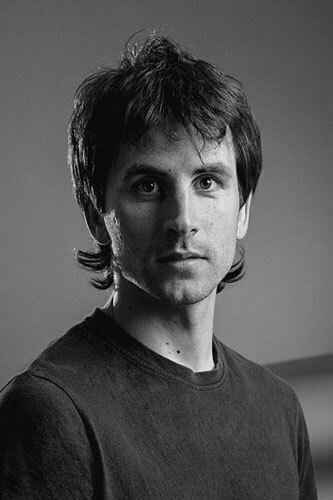He was born in Manresa (Spain) in 1981. He studied photography at Catalan Institute of Photographic Studies (IEFC). He participated in several documentary workshops taught by Antoine d’Agata (Magnum Photos), Franco Pagetti (VII), Jose Manuel Navia (Agence Vu) or Arianna Rinaldo, among others. Since 2011 he is a freelance photographer. His photography focuses in human frailty and vulnerability. His photographic project Young Patriots has been has received the EXPOSURE AWARD 2014 of See Me (New York, United States), has been one of the photographic projects selected as Descubrimientos PhotoEspaña 2014 (Madrid, Spain), was exhitibted at the Emerging Photography PA-TA-TA Granada Festival (Granada, Spain) and will be exhibited at DOCfield 2014 Festival (Barcelona, Spain), La Kursala
de la UCA gallery (Cádiz, Spain) , Backlight Festival (Findland) and Encontros da Imagem Festival (Braga, Portugal). Young Patriots was also published in CNN and Cicero Magazine (Germany). Currently he works on commercial assignments and he is also a contributor of the Echo Photo Agency.
About Young Patriots: “Young patriots documents the daily life in a military summer camp for children and teenagers focusing on the fragility of the atendees, in transition between from the childhood to the adulthood”
The military summer camp in Mogyoród, Hungary, is a private project which each year sees the arrival of hundreds of children and teenagers between 10 and 15 years old. Some came attracted by the fascination of the military way of life, a militarism which is omnipresent in Hungarian society thanks to its imperial past and the memories of both the Nazi and the Communist periods. Others are brought here by their parents (mostly Hungarian nationalists) so as to introduce them to the unforgiving adult world where emotions are rarely permitted and life must be faced with rectitude and discipline.
For a week they will live in tents, will receive military training from experienced soldiers who are still active, will acquire notions regarding Order and the Homeland, will endure long nights on guard duty without sleep, will learn how to use old out of service AK-47s built in Czechoslovakia (with blanks) and will even simulate being under teargas attacks.
It will be a week of screamed orders during which intense physical exercise, educational behaviorism and precooked food will prevail; a place where any vulnerabilities and all questioning of military methods are simply overlooked, silenced and inwardly repressed.
The young soldiers who had previously already felt the call of the Homeland will live the week’s activities impregnates wit epic airs. On the other hand, the skeptical protagonists, increasingly desensitized, more obedient, more docile, will have been transformed into disciplined young patriots of the great Hungary which one day will go back to being what it once was.
All the images of this project were taken in Mogyoród, Hungary in the first week of July, 2013.
